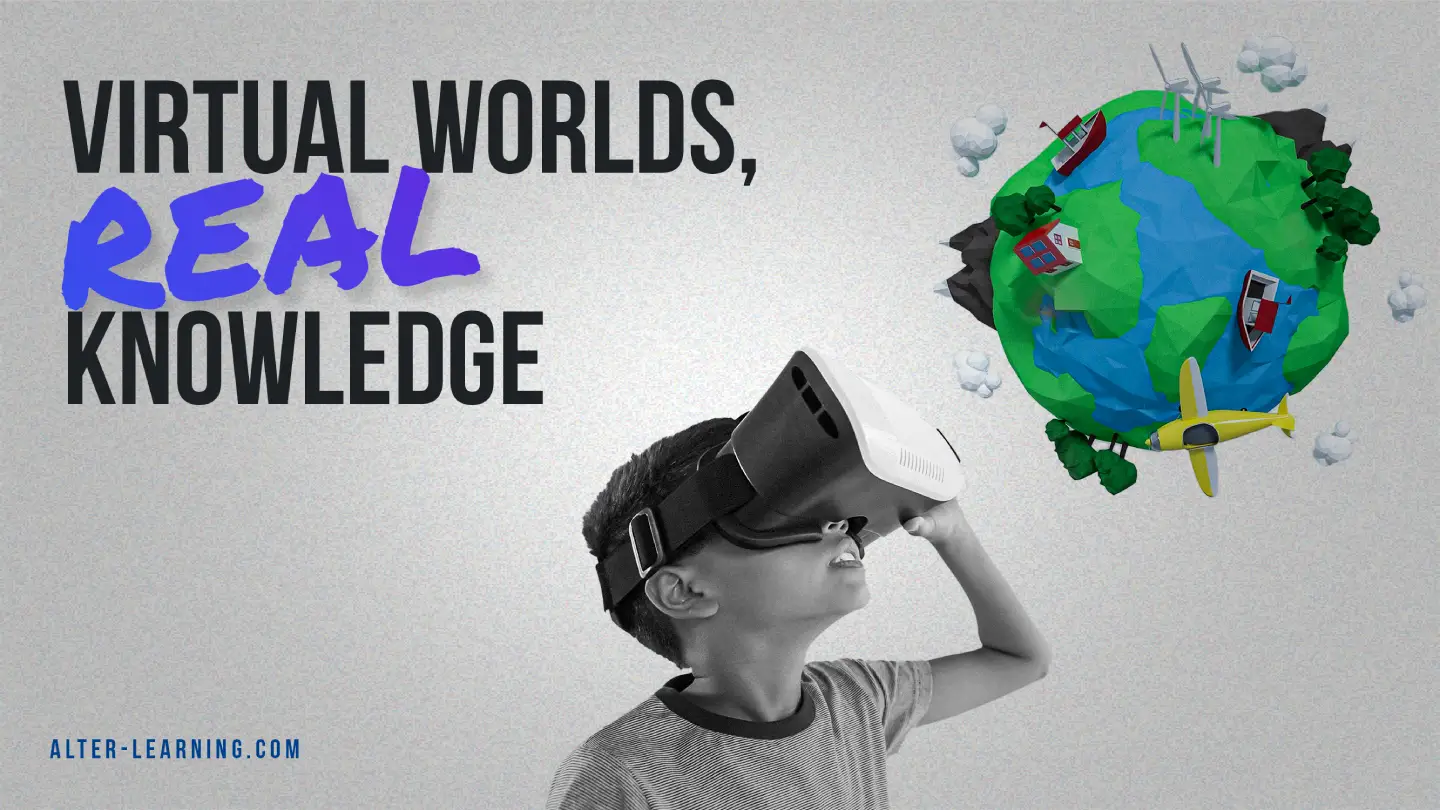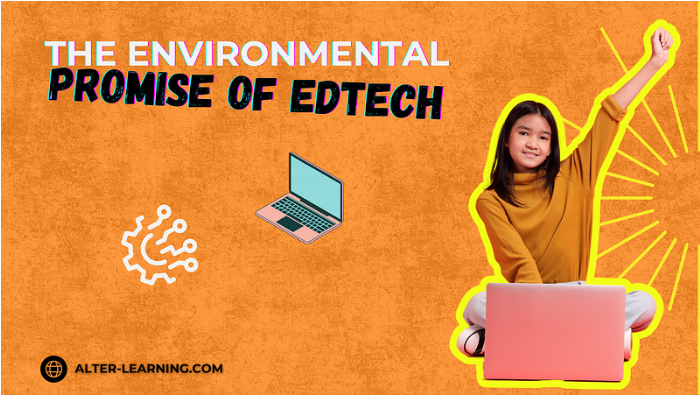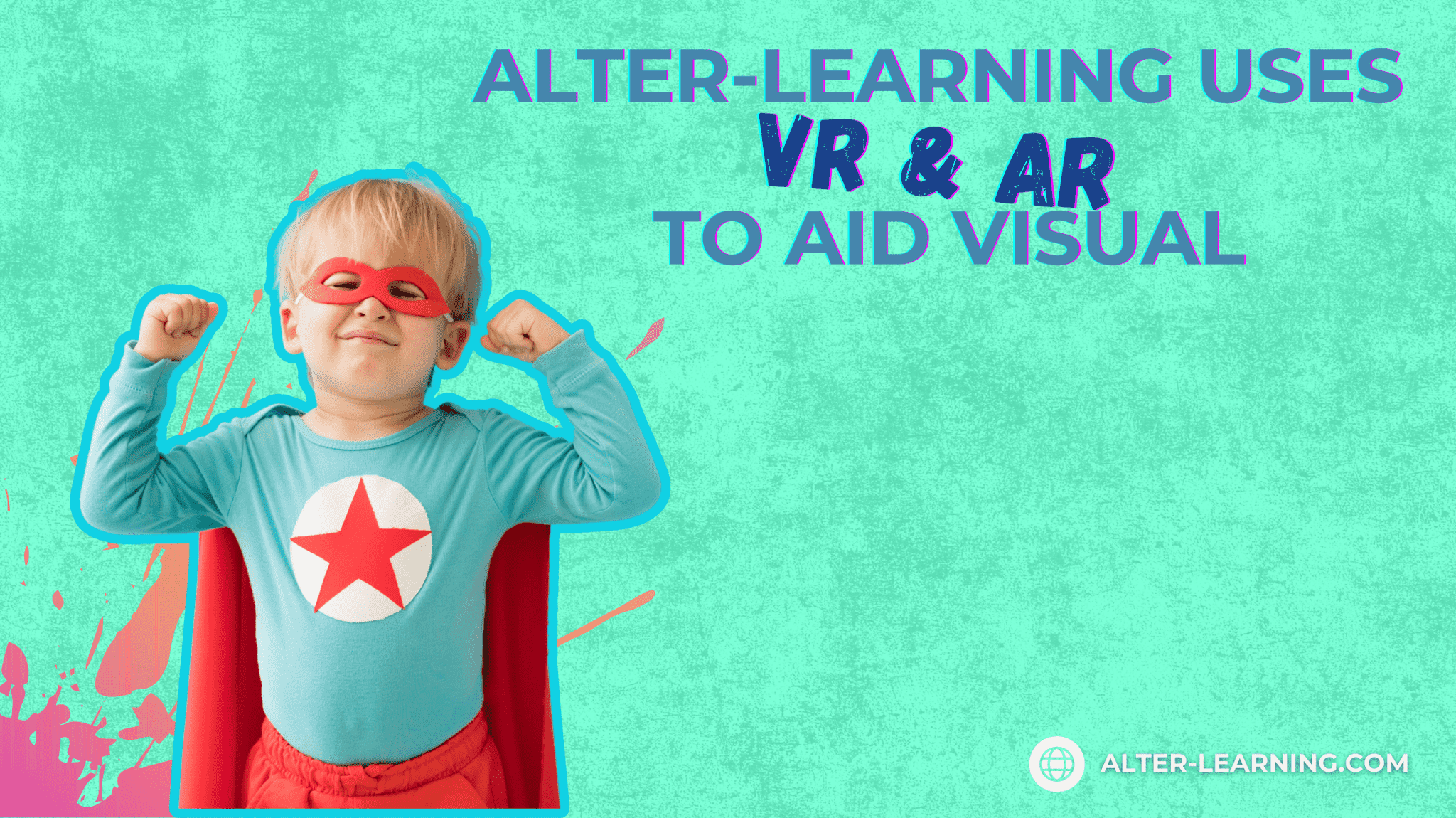Competitive gaming is no longer just an after-school hobby—it’s becoming part of the educational conversation. As eSports programs appear in more schools worldwide, educators and families are asking important questions: Can eSports support learning? What skills do students develop? And how do schools manage the challenges that come with integrating competitive gaming into the classroom environment?
The answer is nuanced. Like any educational tool, eSports offers opportunities—but also requires thoughtful planning to ensure it supports student growth and well-being.
The Educational Potential of eSports
At its best, competitive gaming can offer more than entertainment. Structured eSports programs may help students build technical, cognitive, and social-emotional skills that transfer beyond the screen.
Some of the educational benefits schools may explore include:
- Teamwork and collaboration, as students communicate, plan, and compete in structured environments,
- Strategic thinking and problem-solving, especially in games that require quick decision-making, resource management, and adaptability,
- Technology literacy, as students engage with hardware, software, and digital platforms,
- Social connection and belonging, providing a community for students who may not participate in traditional sports,
- Pathways to STEAM learning, with connections to areas like game design, coding, and digital arts.
These benefits align with the broader goals of interactive STEAM learning and immersive education—using games not as a distraction, but as a structured, skill-building experience.
Opportunities for Integration with Education
For schools considering eSports programs, integration with academic content and existing educational goals is key. Forward-thinking programs may:
- Connect eSports to STEAM-related coursework, such as coding, data analysis, or digital art creation tools,
- Incorporate wellness and social-emotional learning, ensuring students develop resilience, communication, and emotional regulation alongside technical skills,
- Offer cross-curricular projects, where students explore the history, math, or science behind gaming technology,
- Provide opportunities for career exploration in growing industries like game development, digital media, or IT.
By designing eSports programs that complement academic learning, schools can create more than just a gaming club—they can build a pathway to real-world skills and opportunities.
The Challenges to Address
Despite the potential, eSports in education also presents challenges that require careful management.
Common concerns schools may need to navigate include:
- Screen time management, ensuring gaming is balanced with physical activity, offline learning, and wellness,
- Inclusivity and access, making sure programs are available to all students, regardless of background or ability,
- Competition pressure, supporting students in developing healthy mindsets around success and failure,
- Online safety, with clear guidelines for behavior, digital citizenship, and protection in online spaces,
- Equity in resources, ensuring access to devices and internet connectivity doesn’t limit participation.
Addressing these concerns requires collaboration between educators, families, and program designers—much like the approach used for implementing immersive learning environments in classrooms.
Finding the Balance: eSports as Part of a Broader Educational Strategy
eSports can be a valuable addition to schools when integrated thoughtfully. As with interactive STEAM learning tools, success depends on:
- Clear educational goals,
- Structured environments,
- Ongoing reflection and adjustment,
- A commitment to inclusivity and student well-being.
By viewing competitive gaming as part of a larger ecosystem of learning—alongside academic content, social-emotional development, and physical health—schools can harness its potential while managing its challenges.
The Future of Games in Education
The rise of eSports reflects a broader shift in how schools approach technology and engagement. Whether through competitive gaming, immersive simulations, or educational games that blend subjects like science, engineering, and the arts, games are becoming a tool to spark curiosity, build skills, and prepare students for the future.
With the right balance, eSports can complement—not compete with—the core mission of education: helping students grow into confident, capable, and connected individuals.
Follow Alter-Learning for more insights into immersive education, edtech success stories, and the future of learning. Want to explore how VR/AR could transform your school or learning platform? Let’s connect.




